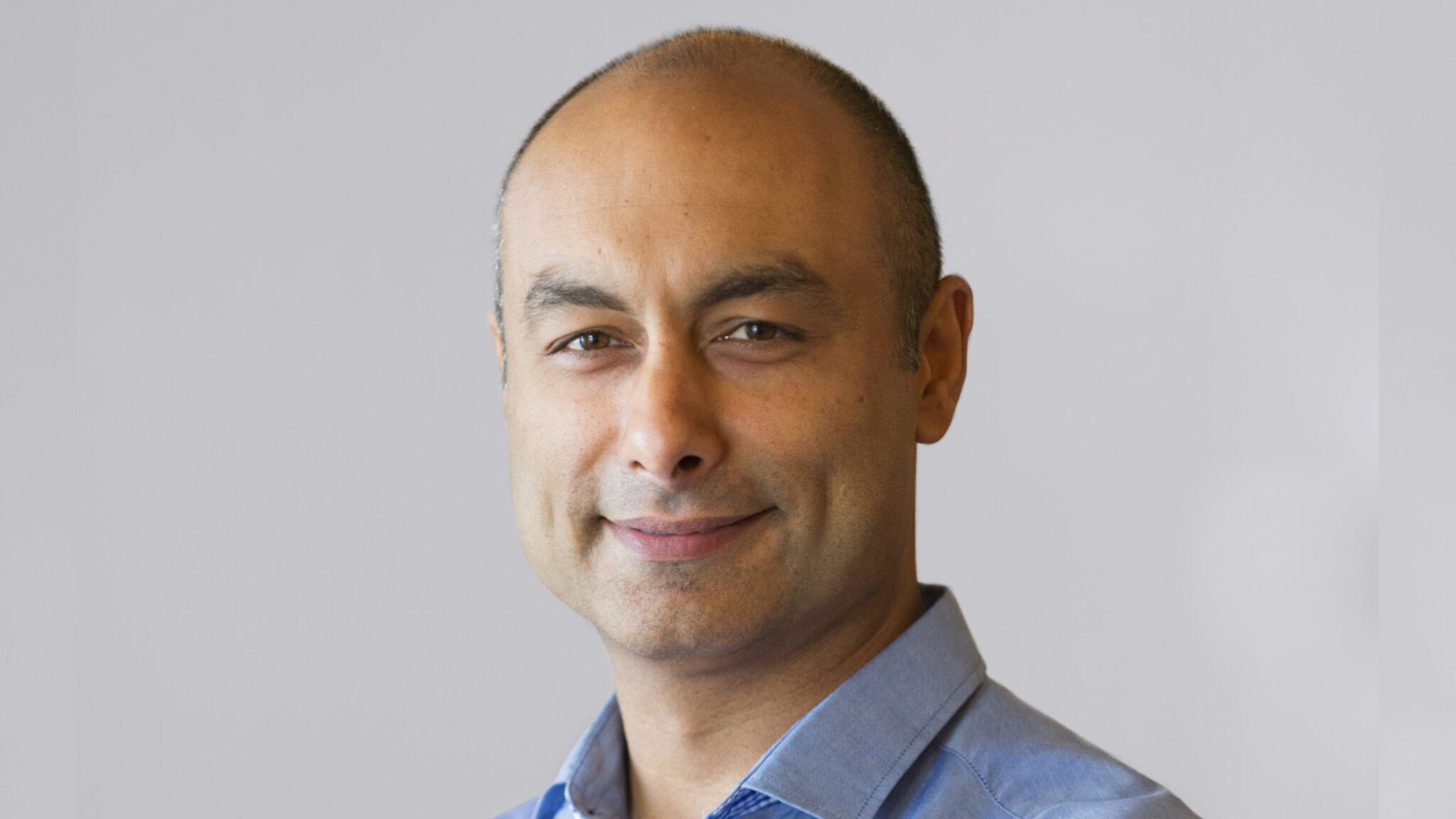
Khurem Farooq, Gyroscope
With another $148M in the bank, Gyroscope Therapeutics looks to hustle its AMD gene therapy through mid-stage tests
A month and a half later, Gyroscope Therapeutics’ Phase I/II win for its dry-AMD gene therapy is already paying off. On Friday, the biotech took …
Sign up to read this article for free.
Get free access to a limited number of articles, plus choose newsletters to get straight to your inbox.